Saudi Aramco cuts oil pricing to U.S. amid record-low supply
While producers often reduce prices to stimulate sales, Saudi Arabia is cutting shipments to the U.S. market to help limit worldwide supply. Saudi exports to the U.S. dipped to a 30-year low in October, according to the Energy Information Administration, as the kingdom leads a drive by the Organization of Petroleum Exporting Countries and allied producers to reduce inventories.
OPEC and its partners agreed in November to extend output limits until the end of 2018, trying to clear an oversupply that pushed crude below $30/bbl two years ago. Their caps on production helped lift Brent crude above $68/bbl on Thursday, the highest level since 2015.
“Crude prices have been rising in the U.S. and Europe, and trimming the official crude pricing is one way the Saudis have of leveling out the cost to their customers and keeping their own income stable,” said Robin Mills, chief executive officer of Dubai-based consultant Qamar Energy. Aramco’s pricing cuts to U.S. buyers will help offset an increase in the regional benchmark, he said.
State-owned Saudi Arabian Oil Co., known as Saudi Aramco, is cutting official pricing for its Arab Light crude by 10 cents a barrel, to 90 cents above the benchmark for the U.S. Gulf Coast, it said Thursday in an emailed statement. Aramco cut pricing for its Light, Medium and Heavy grades to the U.S. for a second consecutive month, while reducing the premium for Extra Light crude for the third month in a row.
Russian competition
Saudi crude exports declined in December to the second-lowest monthly level for 2017, with shipments to China at the lowest in the year, according to vessel-tracking data compiled by Bloomberg. Aramco said last month it aimed to keep supply steady in January and at 2017 lows to the U.S. and Europe, while cutting shipments to Asia.
In Asia, where Mills says Aramco will face competition from a new Russian pipeline supplying China, the company kept pricing for its main Arab Light crude grade unchanged and cut its Medium and Heavy grades. Arab Light will sell next month for $1.65/bbl more than the regional benchmark, in line with the expectation of four refiners and traders in a Bloomberg survey.
By keeping the premium for Light crude to Asia unchanged, Aramco ended a string of five consecutive monthly price increases that had signaled growing demand from refiners on the back of their strong profits on sales of oil products.
Middle Eastern producers compete with cargoes from Latin America, North Africa and Russia for buyers in Asia, their largest market. Producers in the Persian Gulf region sell mostly under long-term contracts to refiners. Most of the Gulf’s state oil companies price their crude at a premium or discount to a benchmark. For Asia the benchmark is the average of Oman and Dubai oil grades.


